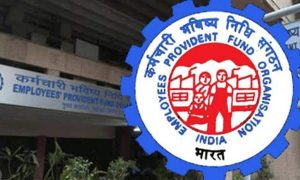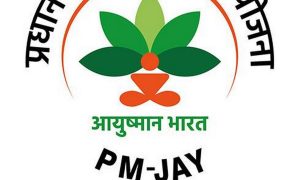Even after the retirement date of January 9, 2014, the member should have remained an active participant in the organisation.
Members of the Employees’ Provident Fund Organisation (EPFO) are eligible for a salary following retirement. Currently, 12% of each employee’s basic pay and dearness allowance is contributed by their employers to the EPF. However, even if the employee receives a greater salary, the 8.33% EPS contribution is only allowed to go up to a maximum of Rs. 15,000. In 2014, an amendment to the EPS brought about the limit on EPS contributions.
Employees had the opportunity to choose higher EPS contribution amounts before the 2014 EPS amendment. Here is a checklist you need to know before investing in EPS 95, especially after the amendment.
Employees retired before January 9, 2014.
The employees, who were members of EPS-95, took the joint option provided in paragraph 11(3) of that document.
On salaries that exceeded the salary cap of Rs. 5,000 or Rs. 6,500, both workers and employers contributed EPS.
Read More: EPFO: 4 ways to check EPF balance with or without UAN number
The EPFO decided against using this choice.
However, the EPFO circular did not offer a higher pension choice for workers who had contributed to the EPF before September 1, 2014, but who continued to work or retire after that date. According to the Supreme Court’s ruling, these workers were also qualified to request a higher pension.
As a result, the EPFO released a new circular in February that mentioned stricter pension eligibility requirements for workers still in service or who resigned after 2014. The following requirements must be met to submit a joint option to receive a higher pension:
Before January 9, 2014, the employees who were members remained active members of the organization after that date.
On salaries that exceeded the salary cap of Rs. 5,000 or Rs. 6,500, both workers and employers contributed to the EPS.
The workers and employers were both EPS-95 members, but they chose not to use the joint option made available by the EPS and amendment of 2014’s deleted para 11(3).





































